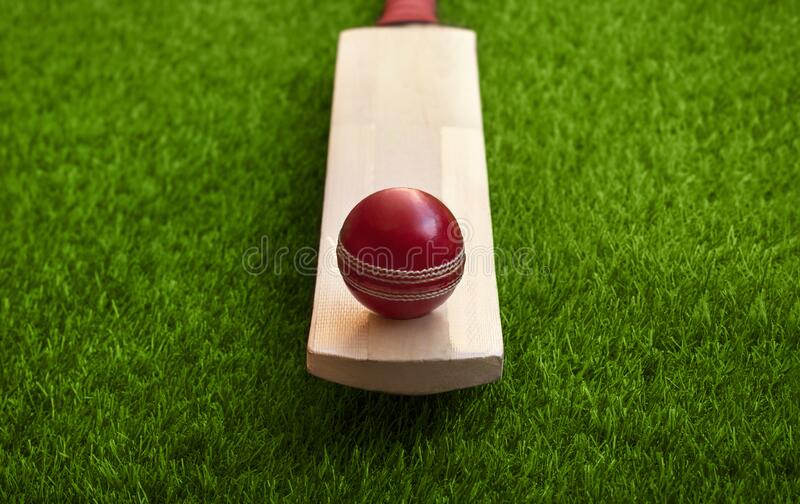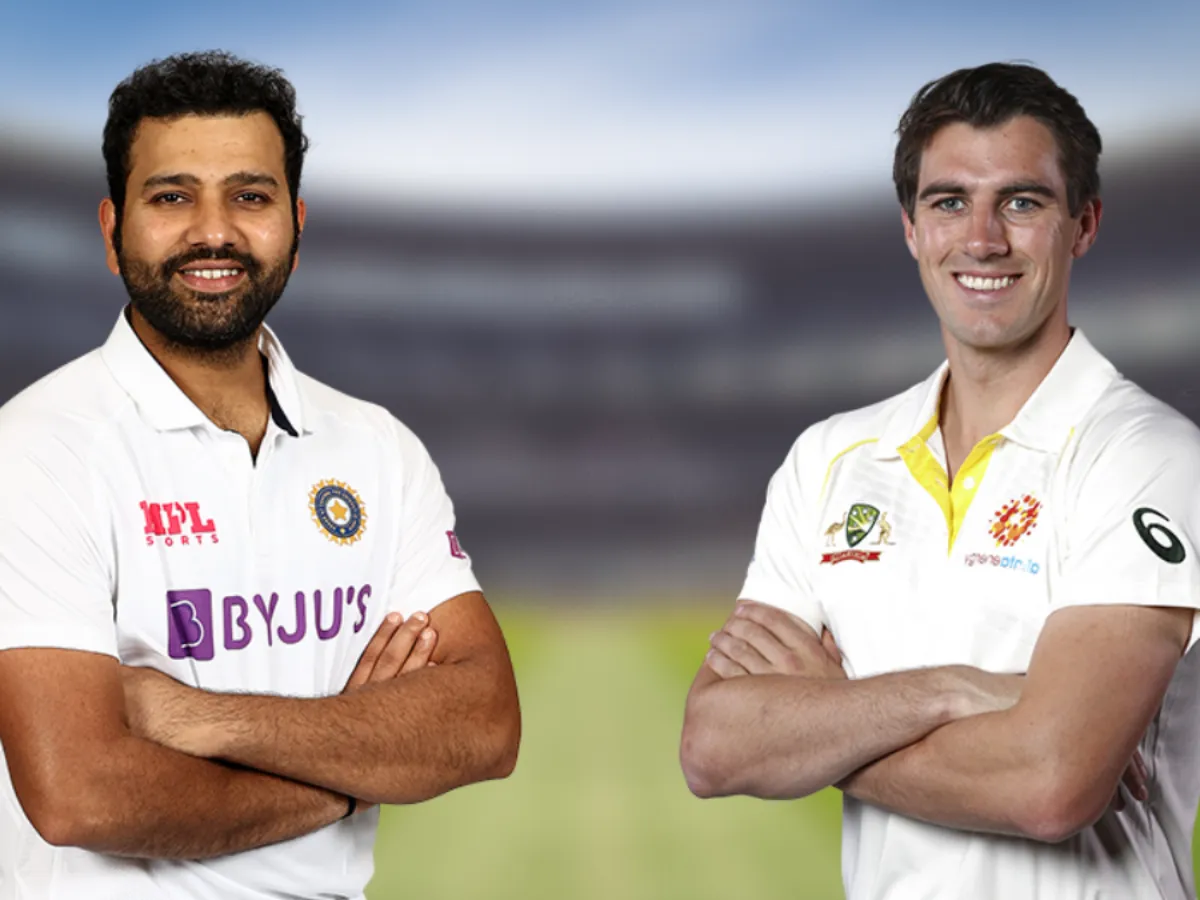Australia has been the one country for every cricketing nation, where winning is tough. For quite a few countries, it is almost impossible. Over the last 30 years, Australia have lost 6 series, twice to India, thrice to South Africa and once to England. There will be counter argument stating that to win in India is much more tougher than Australia because during the same period, India have lost fewer series than Australia. The point here is that to win in India is tough only over the last 25 years whereas to win in Australia, it has been tough right from when the game started. Let me elaborate in winning in Australia is so bloody tough. I do not intend to make this a statistical blog. I just want to express my opinion about winning in Australia.
Just look at the table. They have been utterly dominant in their country. Only the mighty West Indies were able to defeat them in a couple of series. Let us also remember that Australia were the only nation to have had a positive win / loss record against the great West Indian sides. What makes winning in Australia that tough?
The pace and bounce
First, the pitches carry more pace and bounce. Australia have two of the fastest wickets in the cricketing world. The Gabba and the WACA. Both of them have lost some of that pace but still remain among the fastest. There is no dearth of fast bowlers in Australia. The supply chain never stopped. Most of them are tall and as such are designed to hurl the ball quickly. Afterall, they have grown up watching the likes of Ray Lindwall, O’Reilly in the earlier days to Cummins, Starc & Hazlewood now. Lillee and Thomson terrorised the batsmen when they tour Australia. There was a saying in Australia that if Lillee does not get you, Thomson will.
During the same period, there was another fast bowler, Len Pascoe who specialised in targeting the heads of the batsmen if they fail to wear a helmet. That fast bowling tradition was nicely carried forward by McDermott and Hughes in the 80s and then emerged the modern great bowlers in McGrath, Johnson, Harris, Starc, Cummins and various other bowlers.
Until the advent of the genius, Shane Warne, every child when he picks up the ball, will want to bowl as fast as he can. Warne’s genius may have slowed down the fast bowling tap a little bit but it never went dry. It showed the greatness of Shane Warne but that is another topic of which this blog is not worried about.
All these bowlers are well versed in their own conditions and they know pretty well what length and what line to bowl in various grounds around Australia. There was a period when Australia were severely depleted in the batting department but their bowling was still a potent force.
The fortress is where everything starts
Two, Australia always make it a point to start any series at The Gabba. It is a fortress for them that was breached just once over the last 40 years. The Aussie batsmen are well tuned to the bounce of Gabba whereas the opponents are not. They intend to catch the opposition off-guard. Visiting teams as soon as they step into The Gabba are clearly intimidated. The stand is pretty huge with more than 50K spectators baying for blood. 4 slips, couple of gullies and a short-leg waiting for that edge from ball one. Huge anticipation builds around the stadium. The atmosphere before the first ball is bowled develops into a crescendo.
The game is lost even before a ball is bowled. By the time the Test is finished, the visiting team is completely demoralised and humiliated. The series moves onto The WACA. The paciest pitch until recently. The wounds of Gabba would not have subsided when a set of fresh wounds will appear at the WACA. If any team has a semblance of fight left in them after Gabba, that will be thoroughly nullified at the WACA. Adelaide, which is usually a good batting pitch which the visiting team can capitalise on but nowadays, day-night cricket has completely loaded it in favour of Australia. The series ends right there.
If not….
Only a few extraordinarily resilient sides manage to stay alive beyond this point. If they do so, Australia will ensure that it is nipped in the very next test because Australia will not be pleased with such an effort. They will want to further humiliate their opponent at Melbourne and Sydney. If at all the touring team conjures vision of a win, it will be possible only at Sydney. The visitors because of a combination of various factors, including a jaded Australia, final test of the series, opposition being better players of spin, will be able to snip one for the series and thereby take a consolation price.
Less number of grounds enables batsmen and bowlers to tune their game
Australia, unlike say India or even England, have less number of international venues. This means that they are usually accustomed to those pitches. Australian pitches tend to vary a great deal. From the bounce of Gabba to the turn of Sydney, they have all kinds of surfaces. However, because the players have often played in those venues throughout their career, including their formative years, they know what to expect and adjust accordingly which the visiting teams will naturally not be in a position to do so. Yes, few other teams too play on the same grounds throughout but except for South Africa, none of the grounds in other countries carry the same pace and bounce and hence, they are handicapped. Familiarity breeds contempt but in the case of the Australians, familiarity breeds confidence.
Other Australia related blogs
Please read part 2 of this blog which describes in even more detail as to how winning in Australia is tough.



